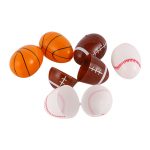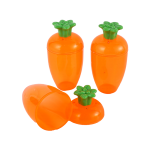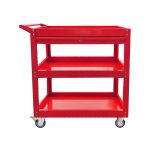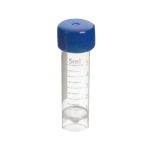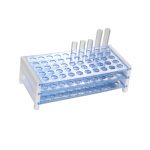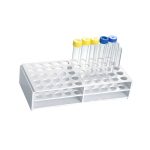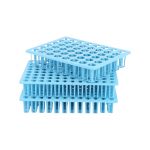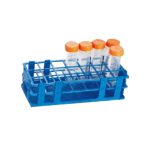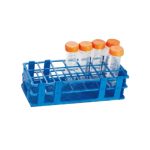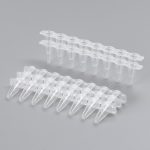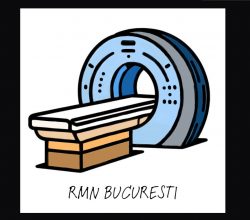How Does A Centrifuge Tube Differ From A Regular Test Tube?
Centrifuge tubes and regular test tubes are both commonly used in laboratory settings for various applications. However, they differ in several aspects such as their design, material composition, and intended use.
(1)Design: Centrifuge tubes are designed to withstand high speeds and forces generated during centrifugation, which is not the case with regular test tubes. Centrifuge tubes typically have a conical shape with a wider bottom and a tapered top, while regular test tubes usually have a cylindrical shape with straight sides. This shape allows for the efficient separation of samples based on density during centrifugation, which is not possible with regular test tubes. The tapered shape of centrifuge tubes also makes it easier to recover the separated material without disturbing the other components in the tube.
(2)Material Composition: Centrifuge tubes are made of materials that are able to withstand the high speeds and forces generated during centrifugation. These materials include materials like polypropylene, polycarbonate, and glass, which are more durable and can withstand high speeds compared to materials used in regular test tubes like borosilicate glass or soda lime glass. The choice of material for centrifuge tubes also depends on the chemical compatibility of the sample is centrifuged. In contrast, regular test tubes are typically made of glass or plastic, which may not be able to withstand the same high speeds as centrifuge tubes.
(3)Intended Use: Centrifuge tubes are designed for use in centrifuges, which are laboratory equipment used to spin samples at high speeds to separate components based on their density. These tubes can withstand high forces generated during centrifugation and are often used for applications such as cell separation, protein purification, and DNA extraction. In contrast, regular test tubes are commonly used for sample storage, transportation, and qualitative analysis. They are not designed to withstand high speeds or forces and may not be suitable for applications that require centrifugation.



